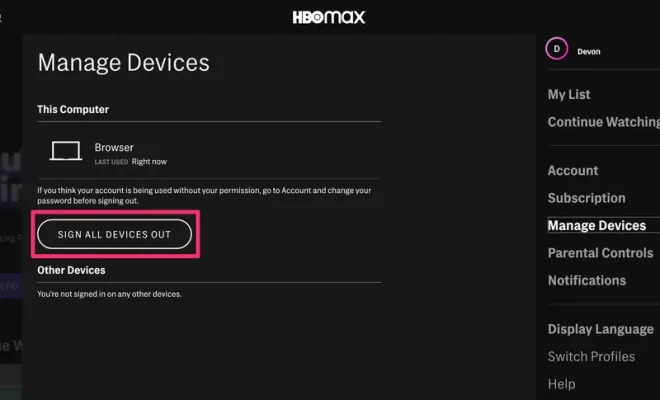What Is a URL (Uniform Resource Locator)?

A URL, or Uniform Resource Locator, is a string of characters used to identify a particular web page, website or file on the internet. It is an essential component of the internet infrastructure, and without it, accessing the internet and the myriad of websites and web pages on it would be impossible.
A typical URL is composed of several parts that provide information about the location of the resource accessed over the internet. The first part of the URL is the protocol, which is usually either HTTP or HTTPS (secured version). The protocol serves as a communication protocol, and it determines how client software should interact with the server.
The second part of the URL is the domain, which is the name of the website or server that hosts the requested resource. For example, in the URL https://www.google.com, the domain is “google.com.” The domain is used to identify a specific website, and it works like a phone number in the sense that it identifies a unique location on the internet.
The next part of the URL is the path, which is used to specify the location of a specific resource on the server. The path can be a file name, directory name, or a combination of both. For example, in the URL https://www.google.com/search?q=What+is+a+URL, the path is “/search”. The path component of the URL is optional. If there is no path specified in the URL, then the server will serve the default file or web page.
The last part of the URL is the query string, which contains additional data and parameters that are sent to the server. Query strings provide additional information to the server that helps it to provide the appropriate resource. For example, in the URL https://www.google.com/search?q=What+is+a+URL, the query string is “?q=What+is+a+URL.” The query string is used to pass information such as search queries, user IDs, and other data between the client and server.
URLs are used every time someone visits a website or accesses a resource on the internet. They are essential components of the internet infrastructure, and they facilitate the transfer of data between client and server. Without URLs, it would be impossible to access the internet and the vast amount of information, resources, and services available through it.






